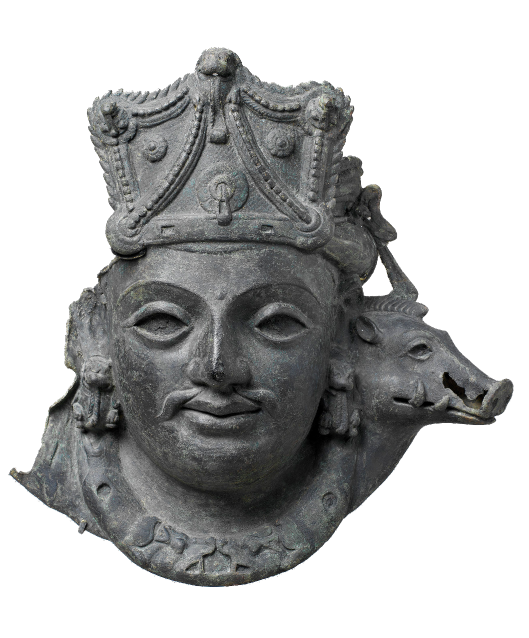PERSPECTIVES
Practice and Care: A Conversation with Artist-Mothers Rekha Rodwittiya and Kakoli Sen
Natural light filters into the studio of Kakoli Sen, illuminating the freshly squeezed out paint from oil tubes and the stacked canvases. The gentle hum of Indian Ocean’s fusion music mingles with the sharp crackle of bay leaves on a steady flame, while a cooker threatens to blow its whistle from the nearby kitchen. The faint fragrance of linseed oil lingers in the air as Sen moves around her creative sanctuary, making space for a welcome visitor — Rekha Rodwittiya, another artist-mother like her.
Between them, they have more than 80 years worth of work as artists, creating a niche for themselves in the contemporary art world — one defined by an unwavering commitment to their practice. Navigating the complexities of their careers while raising children, they have refused the false choice between art and motherhood, instead forging paths that honour both callings.
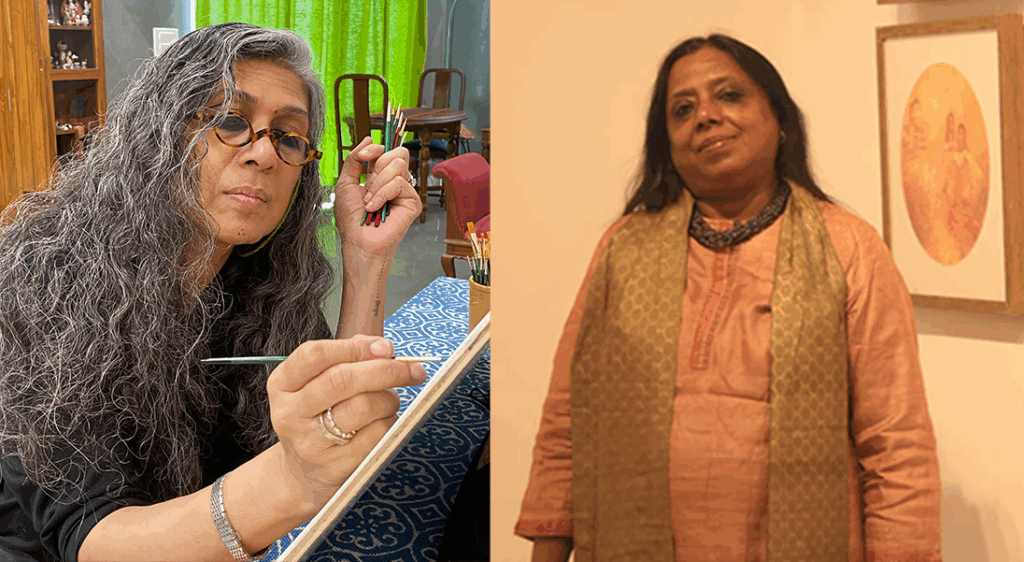
In a free-flowing conversation over umpteen cups of tea, both artists compared notes as they discussed how they navigated the practical realities of creating while caring, and the ways motherhood has enriched rather than diminished their artistic vision. Their conversation challenges the persistent myth that women must choose between creative fulfilment and family, revealing instead how both can coexist in a life lived with intention and authenticity.
Aadya Baoni: Were there specific moments when you felt forced to choose between motherhood and your art practice?
Kakoli Sen: External expectations can become internalised pressure. The feeling of guilt within me as a young mother with upcoming deadlines and work pressure; of being unable to spare enough time for my children has bothered me at times. The guilt can be complex — guilt about time away from your child, guilt about not spending enough time in your studio to create artworks…
Rekha Rodwittiya: I was brought up to be an independent, articulate, and thinking individual within a very liberal family structure that revered me as a female child. Nothing was imposed upon me. I was taught the values of discipline and ethics as fundamental essentials; they were the tools I needed to comprehend my personal freedom, of what I could do, what I could achieve. I was also taught lessons of accountability and responsibility, which are crucial to the ideals of personal progress and growth. I comprehended at a young age that personal aptitude is not enough — it needs to be invested in, primarily through hard work, to yield a professional space of significance and purpose. Choice is a privilege that many in a country like India do not get. Therefore, those of us who can make certain choices need to acknowledge how fortunate we are to have circumstances that offer us this opportunity. My choice to be a mother was one I came to entirely on my own.
Baoni: “Sacrifice” is often used in the context of mothers who choose to work. What has your experience been as artists who are also mothers?
Rodwittiya: I think I have managed both these areas of my life efficiently. Structured management has provided me the ability to balance and attend to my personal and professional responsibilities, without either role overriding the other. I managed being both a mother and an artist with no compromise or neglect to either of these areas in my life. I was committed to both. It merely requires discipline and the will to work hard.
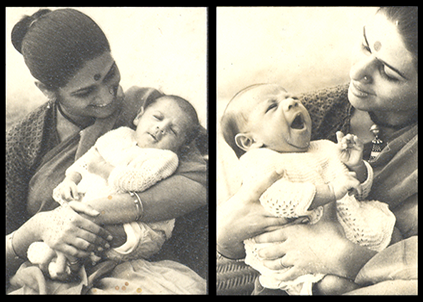
Sen: Motherhood and art exist in conversation with each other, rather than in competition. There has always been a balance. I didn’t sacrifice anything. I made choices that reflect my values and circumstances, just like everyone does.
Baoni: What would the art world look like if it were designed around women’s lives rather than expecting women to fit into existing structures?
Sen: Success might be measured differently — not just by early breakthrough moments or uninterrupted productivity, but by tracking the sustained creative development over a period, through varied life phases. The “emerging artist” category might extend beyond the typical age cut-offs then.
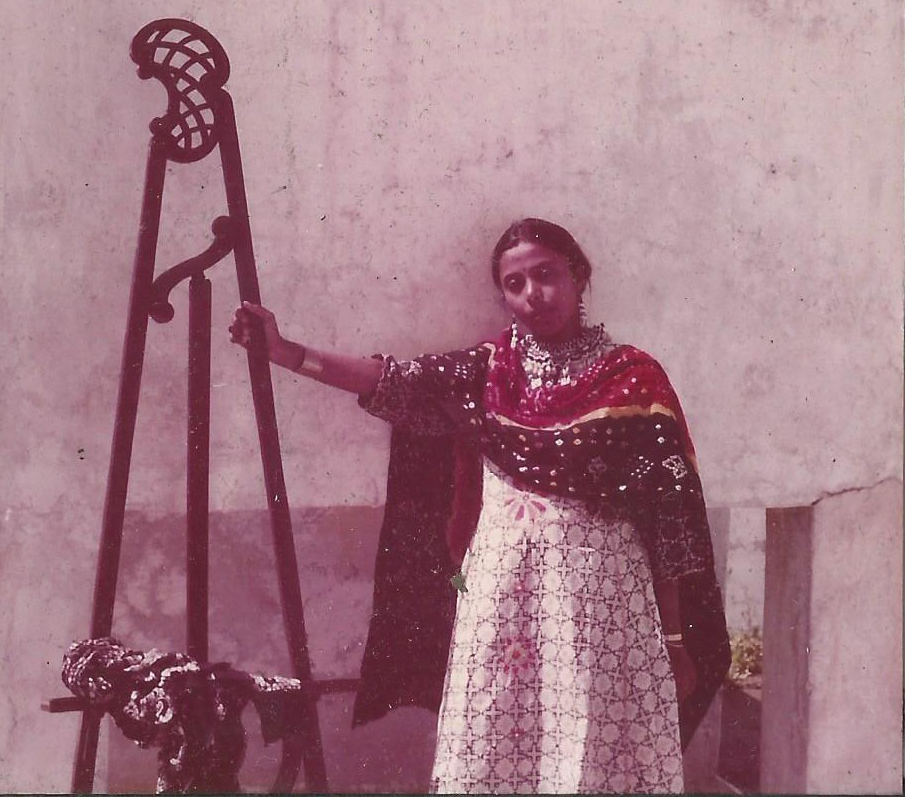
Rodwittiya: The art world in India, in my opinion, is a space that accommodates many levels of entry. I do not see gender preferential attitudes dictating who is shown or not shown in exhibitions in India. In fact, in India, we have many options available that support artists and the arts. Private and public spaces are available to be hired for exhibitions, art galleries can be approached, and museum spaces are now curating shows that cater to diverse interests. Scholarships and grants are available, and art fairs are showcasing established and emerging artists in major Indian cities and abroad. We also have family and social spaces of support, unlike in Western countries.
Baoni: Describe your studio practice before and after becoming a mother. What changed?
Sen: This is such a significant transition. I personally ensured there were meals on the table for my family. I got up early in the morning, while everyone was asleep, to start with my work; that early morning time spent painting was something I protected fiercely. It was the best time of the day. There’s something profoundly powerful about those stolen hours before dawn — when the house is quiet and the day hasn’t yet begun making its demands on you. I created a sacred space within the rhythm of care. Motherhood didn’t end my art practice; it transformed it into something more intentional, more carved from determination. That early morning painting time isn’t just when you work; it’s when you remember who you are — beyond all the roles you fill for others.
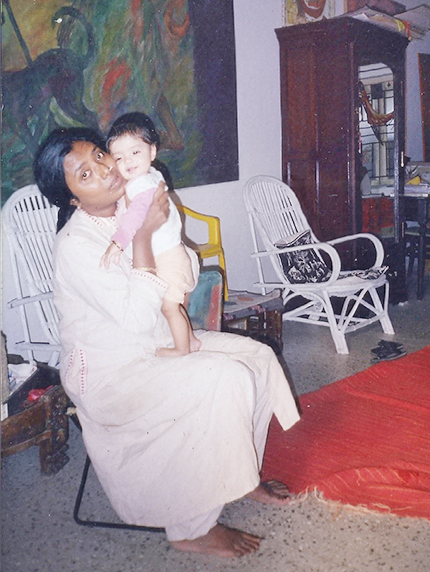
Rodwittiya: I chose to be a mother at an early age in my marriage, when I was a student in my third year in college. What I learnt is that simple lessons of effective time management are crucial. I also had my mother who was a great support to me during the first five years of my child’s life.
I tend to prioritise issues to be addressed in an orderly manner, which creates a routine to be followed. This methodology, both as a student, and later, as an artist, allowed me to meet all my professional work demands — whether it was deadlines and exhibition schedules, travel and projects, my writing and curatorial work, conducting workshops, teaching, hosting residencies, etc. Everything gets accommodated without compromise. My studio has always been in my home. I work 14-to-18-hour days in my studio. But I am also involved in the day-to-day functioning of my home — I cook every day and I maintain an extremely organised and tidy environment in my house.
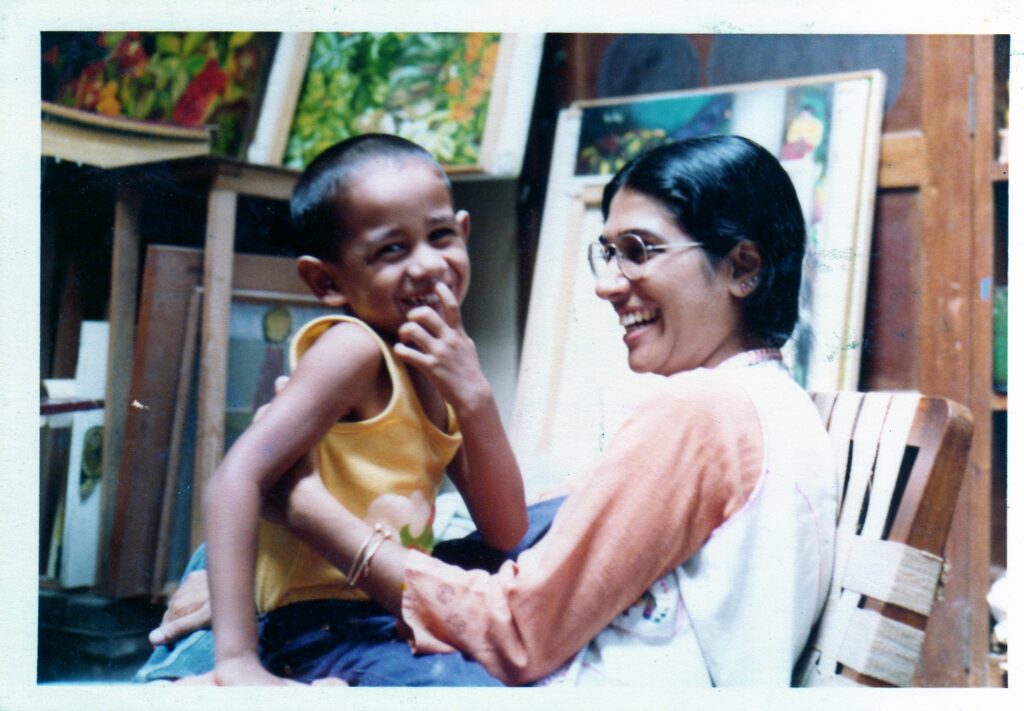
Baoni: Did interruptions affect your creative flow? Could you pick up where you left off, or did each break require starting over mentally?
Sen: Interruptions did affect me on some days. The mental restart involved varied enormously, day to day. Sometimes, I’d slip back in almost immediately. When I was sleep-deprived or emotionally stretched, each interruption felt like climbing back up a mountain that I had just descended from. But, eventually, I embraced the fragmentation of my time as part of the process.
Rodwittiya: I’m extremely disciplined. I can accommodate interruptions and get back to my work with no problem. I conceive the articulation of a work based on whatever it is I am engaging with — it is totally dependent on what my preoccupation in the ideational space is at the time. Irrespective of where I am or what my immediate situation may be, my work continuum remains intact. I have disciplined myself to a routine of less sleep, so my time awake naturally expands.
Baoni: What does “studio time” mean when your studio might be invaded by children, or when your mind is tracking school pickups while mixing paint?
Sen: My studio isn’t a refuge from life anymore; it’s woven into my life’s fabric. My children also learnt to paint in my studio. Their sketch books and paints were part of my studio space. It is amidst the rigmarole of the everyday life that I find inspiration.
Rodwittiya: My son grew up within the routine of my art practice. Bringing up my child did not interfere with my ability to perform as a full time artist; nor did being a painter disrupt my ability to be a pro-active parent. Though I am empathetic to those parents who struggle for time to be artists, I have never had this as an issue. This is perhaps because I chose to have a mind-set that approached my involvement with all the many interactive spaces I engage with, without fear. I have looked after my friend’s daughter, whom we consider as our grandchild. My parents often lived with me if they had health issues that needed care-giving. My mother later lived with us, after my father passed away, for many years. We also had many art students residing with us in The Collective Studio Baroda in our personal residence, for more than a decade. I see myself as a professional who trained for eight years at two prestigious art institutions and learnt the value of self-discipline from my teachers — Nasreen Mohamedi, Jyoti Bhatt, K G Subramanyan, Gulammohammed Sheikh, Peter de Francia and John Golding — all of whom are internationally renowned art practitioners. I see it as my duty to work with focused dedication to my practice if I am to truly hold the legacy of their teachings.
Baoni: How do you separate “mother-you” from “artist-you”? Do you think that separation is even possible?
Sen: For me, this separation is impossible. My art becomes richer when it can draw from the full spectrum of my life, including the intensity and transformation of motherhood.
Rodwittiya: I am attentive to both these areas that are vital to my life. Like two sides of the same coin. I am always a mother and I am always an artist.
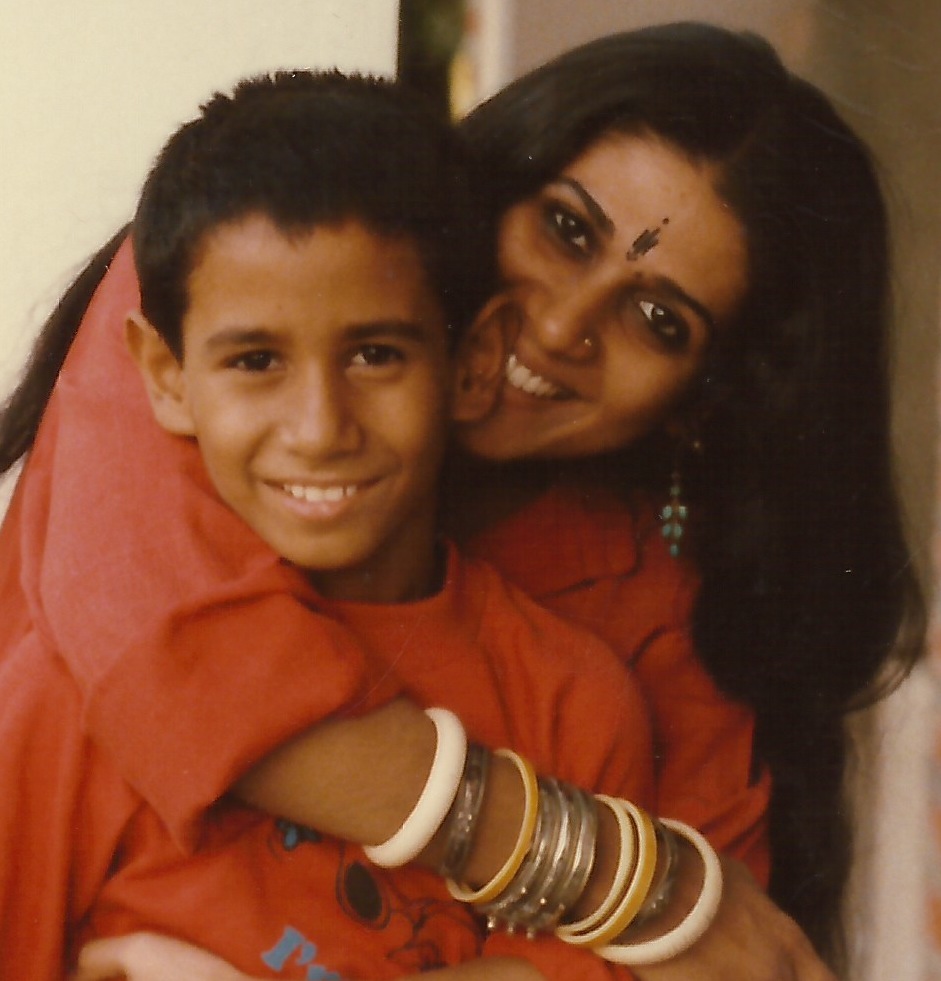
Baoni: When you’re in the studio, are you escaping motherhood or integrating it into your practice?
Sen: It’s not about integration or separation. It’s about wholeness. You’re painting as the complete person you’ve become, and motherhood is part of that completeness — not something to transcend or compartmentalise. I don’t parse out which life experiences influenced which aspects of my work because it all flows from the totality of who I am. Motherhood, feminism, the continuous creative process — they’re all part of an integrated whole rather than discrete elements affecting my art in measurable ways.
Rodwittiya: I hold the same consciousness of who I am, everywhere. I am not just a mother — I am a daughter, sister, partner, grandmother, friend, confidant, neighbour, teacher, employer, a citizen — and perhaps many other things, in the context of human relationships. Everything requires attention and all these facets define my negotiations with the world.
Baoni: How did the financial pressures of supporting a family affect your artistic choices?
Sen: My first child was born on March 25, 1994. I had a booking in one of the reputed galleries of Delhi, which was planned before my marriage. The opening of my solo show was on March 24 — I was there for the opening. Throughout my pregnancy I worked. Other than painting, I also teach and do a lot of writing work. Sometimes, I have done commission work due to financial requirements and enjoyed doing that too. I have never had a concrete financial plan, which alarmed many fellow artists. Life takes its course. We tread along the path of life.
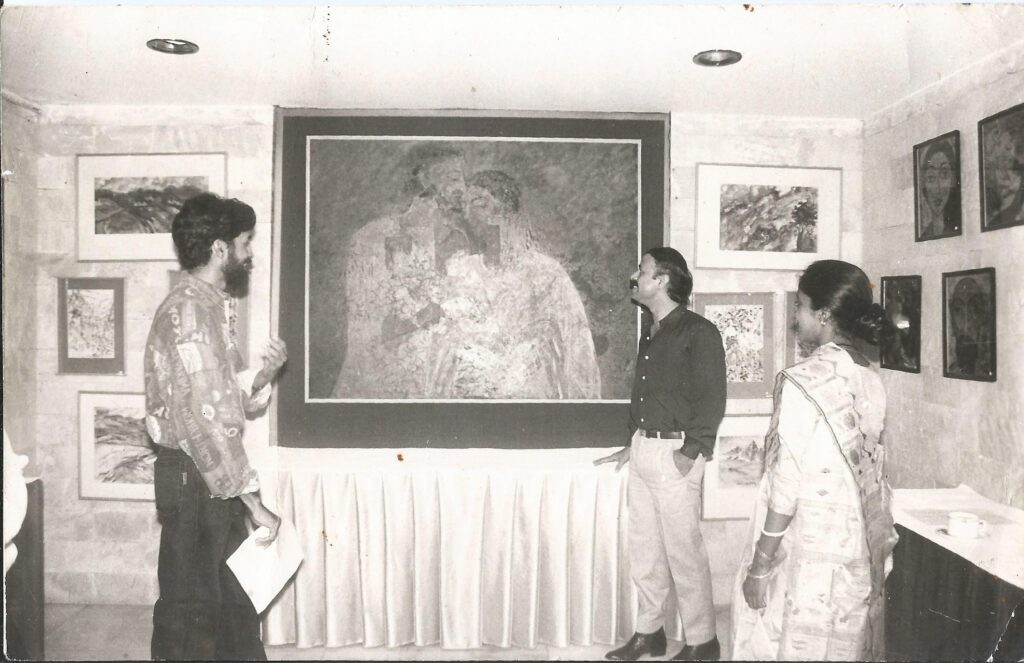
Rodwittiya: I have been economically independent from the time I turned 18. I did professional photography as a student to support myself. I lived a simple existence for many years, as a young artist. I received a scholarship to do my post-graduation in London at the Royal College of Art. I was fortunate to always be associated with premier galleries in India from the inception of my career. Mr Alkazi of Art Heritage approached me whilst I was still a student at the RCA in London, and offered me financial support for three years, which they then deducted from the sales of my work through my exhibitions with them. I am known to be fiercely loyal to the galleries I associate with and very ethical in my conduct as a professional. I am stringent with money and believe in savings as an imperative necessity that safeguards one’s future. So no, I have provided for my family and sustained my art practice with careful attention to how I manage my finances at all times.
Baoni: Have you turned down opportunities because of family obligations? How do you live with those decisions?
Sen: I have turned down opportunities because of family obligations. It was my decision, according to my priorities in life. I have never repented those decisions. There are certain decisions that you consciously and deliberately take in life.
Rodwittiya: I have never turned down any opportunities that I wanted to avail of, those that interest me. I have however turned down many things that I do not professionally desire to be part of. In fact, on many occasions, I have turned hospitals into work spaces so that there were no ruptures in the flow of what I was attending to. For me, it’s about buckling down and getting things done!
Baoni: What kind of support would have changed everything for you as an artist-mother?
Sen: I never had the support of my extended family. No grandmother’s hands to hold my children when I needed both of mine free to create. No aunts to share the invisible labor that stretches an artist-mother thin between two consuming loves. I raised my children with my husband, carrying the full weight of their world on only our shoulders. Those formative years became the crucible where an unshakeable bond was forged. My children watched me run to my canvas between cooking meals. They learned that art isn’t something you do when life gets convenient — it’s how you survive when life gets impossible. My art became their first lesson: they learnt that mothers can be both a soft sanctuary and dogged pursuers of ambition; that love and art aren’t luxuries to be rationed, but twin flames.
Rodwittiya: It is family that supports the framework of need, if ever required. I lived with my mother during my college years and she cared for my son when I was attending my classes. My mother also took care of my son for the two years I was away in London on a scholarship doing my MA at the Royal College of Art. I remain eternally grateful for my mother’s support, and for her belief in me as a woman. What I have also received in abundance has been the belief in me as an artist from so many people and institutions. For example, Chester and Davida Herwitz, who were well-known American collectors of contemporary Indian art, shared such a precious friendship with me. Pheroza Godrej, till today, is one of my dearest friends. And Geetha Mehra and I share a relationship of trust and mutual belief that defies description. So, from my personal experiences, I hold gratitude that, even in difficult times, I have been nurtured by a system I was connected to, and so my fortitude and determination, even during times of adversity, brought out the best in me — to find ways to stand tall.
Baoni: What would an art residency designed for artist-mothers look like?
Rodwittiya: It would depend on the age of the child. If it is an infant then the support system needed would require many safe guards in place. The financial support would have to include creche services or a nanny, food costs for the child, very specific lodging that was equipped to be child safe and a designated medical insurance for the child. The child would not be able to be within the premises of the studio as toxic materials are often present and therefore dangerous for the well-being of a child. In my opinion, rather than an art residency, a grant made available to such a category of artist would be better. It would allow the artist to use it over a period of non-specific time and not dislocate the artist and the child from their normal routine and location.
Sen: Residencies should welcome families. (They should have) shared housing with separate studio spaces, but communal areas where children can play safely while mothers work nearby. On-site childcare during designated studio hours, or even better — childcare cooperatives where artist-mothers share responsibilities. Pairing artist-mothers at different life stages — someone with teenagers mentoring someone with toddlers… visiting artist programs that include successful artist-mothers. Such spaces would help.
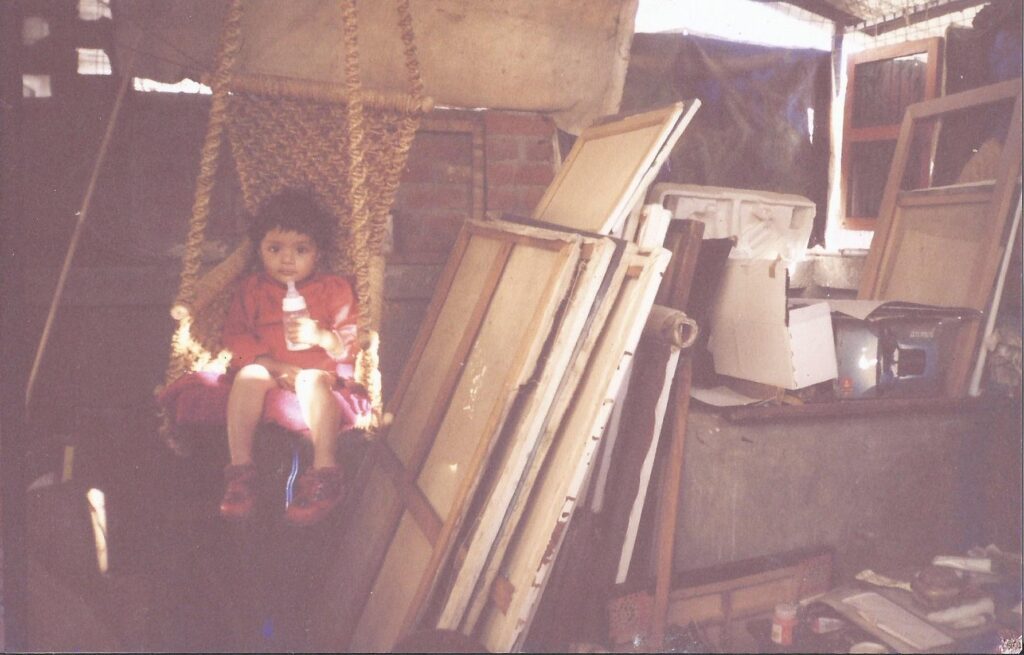
Baoni: If you could redesign the art world to better support artist-mothers, what would you change first?
Rodwittiya: More government financial support is essential. A young mothers scholarship could be initiated by the central and state Lalit Kala Akademies. Every gallery could have a special grant only for young mothers. Foundations can have exhibition grants available for young mothers.
Sen: I would focus on practical infrastructure — things like childcare at galleries and art events, residencies that accommodate families. Grants targeted specifically for young mothers would address the reality that it is during this stage in life when artists face the greatest financial strain while also having the least flexibility to pursue traditional funding opportunities.
Baoni: What opportunities exist now for artist-mothers that didn’t exist in your generation?
Rodwittiya: From a broader perspective, I think the feminist movement has created a greater consciousness and awareness towards how women should be treated today, both in domestic and societal spaces. There are also legal rights to equal opportunities in the work space. In relation to opportunities for artists who are mothers, I think the government can be far more proactive with grants for art projects, rent subsidies, food rations, tax exemptions, medical facilities that offer free consultations for both mothers and their children, and child supervision for mothers who are confined to their homes with no family support, but still need to work on sustaining their art practice.

Sen: Digital platforms and remote work have revolutionised how artists can build careers while managing family responsibilities. Social media, online galleries, and e-commerce platforms allow artists to reach global audiences from home studios. Many can now sell work, teach classes, or take commissions entirely online. Flexible creative economies have expanded significantly. The gig economy, freelance platforms, and project-based work offer more options for balancing artistic pursuits with childcare schedules than traditional employment structures.
Baoni: What challenges do young artist-mothers face today that you didn’t encounter?
Rodwittiya: A more competitive art environment with less galleries today who are willing to take risks with up-and-coming young artists. Less residency programs that are fully funded and less teaching jobs in educational institutions.
Sen: The constant expectation to document and market your work online, maintain an aesthetic brand, and engage with audiences can be exhausting when you’re already juggling art and childcare. We could focus purely on creating without this digital performance aspect.
Baoni: Have you ever felt judged for prioritising your art over a family event, or vice versa?
Rodwittiya: I have held all situations of my family life and my art within a balanced control. All things are always attended to on time, and addressed as needed. I also don’t ever over dramatise situations. So there is no question of judgements.
Sen: The guilt seems to cut both ways. I missed my son’s interview for my exhibition opening, and I felt like a terrible mother. Sometimes timing is just impossible — when my child needs me the most during a career-defining opportunity, or when I’ve finally carved out work time only to have a family emergency arise.
Baoni: How do you define success as an artist-mother?
Sen: Success for me is not something entirely definable, but it does have something to do with having lived truthfully to who I am, never fragmenting myself or compromising that integration.
Rodwittiya: My success professionally should and must come only from the merit of my work. The success of my life comes from knowing I have lived my life with no compromises and engaged with all my commitments and responsibilities with careful consideration, and no short cuts. The privilege of having a profession that holds meaning and purpose for me, and which has allowed me to be financially stable, is also something I feel most fortunate for.
Baoni: What would you tell a young female artist who’s afraid that having children will end her career?
Sen: I would tell them, from my experience, that children don’t end careers, but they might change how they understand what a career means. There will be times when they can’t work, that they’ll need to respect their physical and mental limitations. But the creative consciousness continues to function, even when the hands can’t execute it anymore.
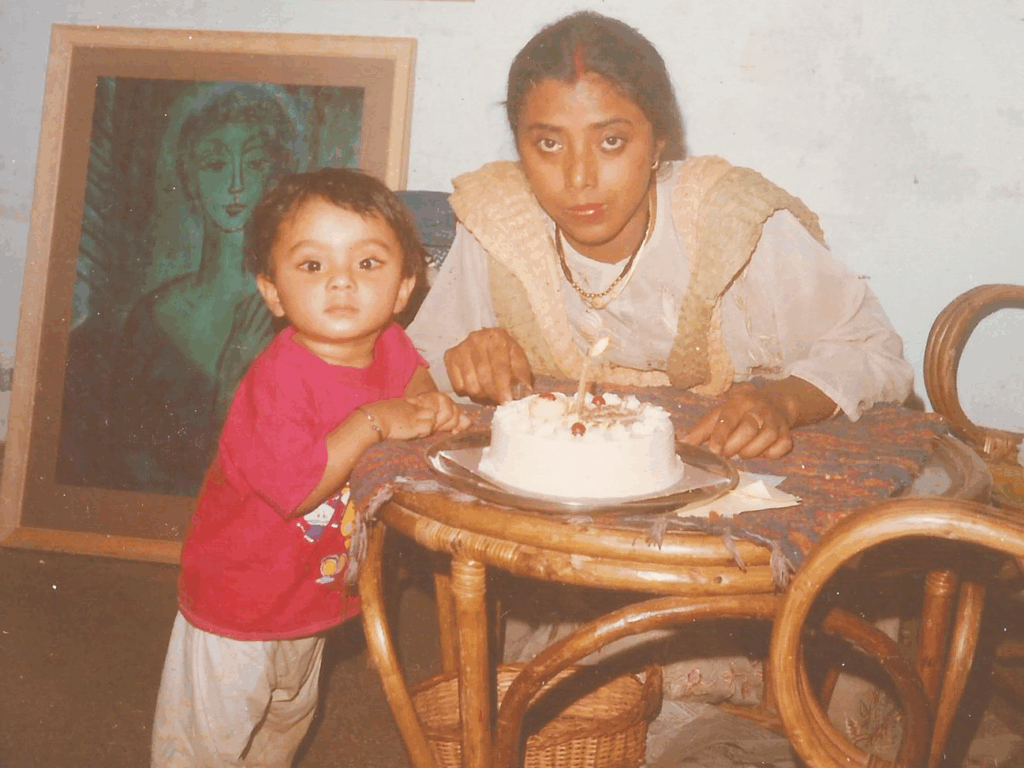
Rodwittiya: I have counselled many young women artists and motivated them to continue to work despite whatever odds they face. Certain situations can obstruct the easy flow of a studio practice. So, I always make myself available to all young artists who need to talk or to express their worries or fears. We may not always be able to resolve each and every problem but to share and to listen can be a form of comfort too.
Baoni: What do you want the next generation of female artists to inherit from your experiences?
Rodwittiya: The ability to structure the management of both the domestic and professional space and to be willing to work really long hours. To not hold grand expectations of immediate success or be crushed by the time it takes to establish one’s credibility as an artist. What is most valuable, at all times, is to hold on to self-belief but also have the ability to self-critique and improve.
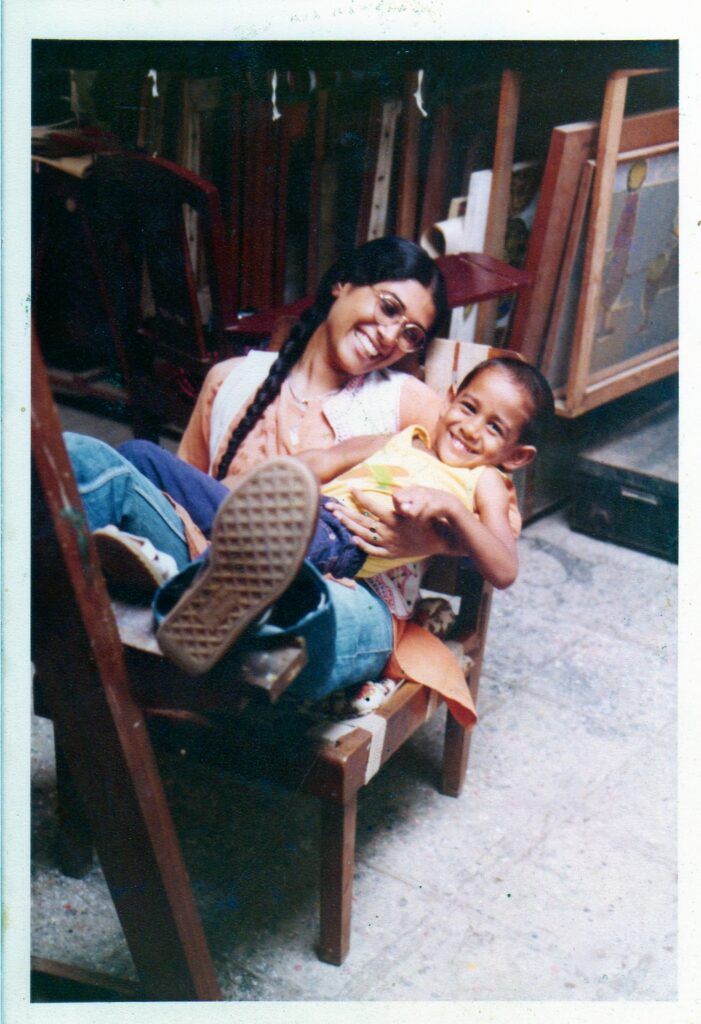
Sen: It’s that sense of wholeness — the refusal to fragment myself into competing identities. The understanding that serious artistic practice can flow from authentic being rather than requiring dramatic sacrifices or separation from other meaningful parts of life. The patience and trust required to let ideas gestate, to work in flow rather than forcing particular outcomes, to measure success by authenticity rather than conventional markers.
Baoni: What conversations about art and motherhood still need to happen that no one’s having yet?
Sen: The conversations that need to happen challenge some of the basic assumptions people make. The idea that motherhood and serious art careers are inherently in tension, or that integration requires some kind of special balancing act rather than just being authentically who you are. There are still gaps in how the art world talks about time, energy, and creative development — conversations that acknowledge natural rhythms and cycles rather than expecting linear progression.
Rodwittiya: I think motherhood is a choice that should be well thought about and which should not occur unless one feels confident to address all its challenges. Art is a dedication that requires a great deal of commitment with no expectations as its codicils. These two factors should be compatible with the philosophy of an individual for this equation to work in anyone’s life.
Aadya Baoni is a freelance multimedia journalist and an Erasmus Mundus scholar. Her work has been featured in BBC UK, Vice World News, and The Quint. She also serves as a Communications Consultant at the United Nations.
